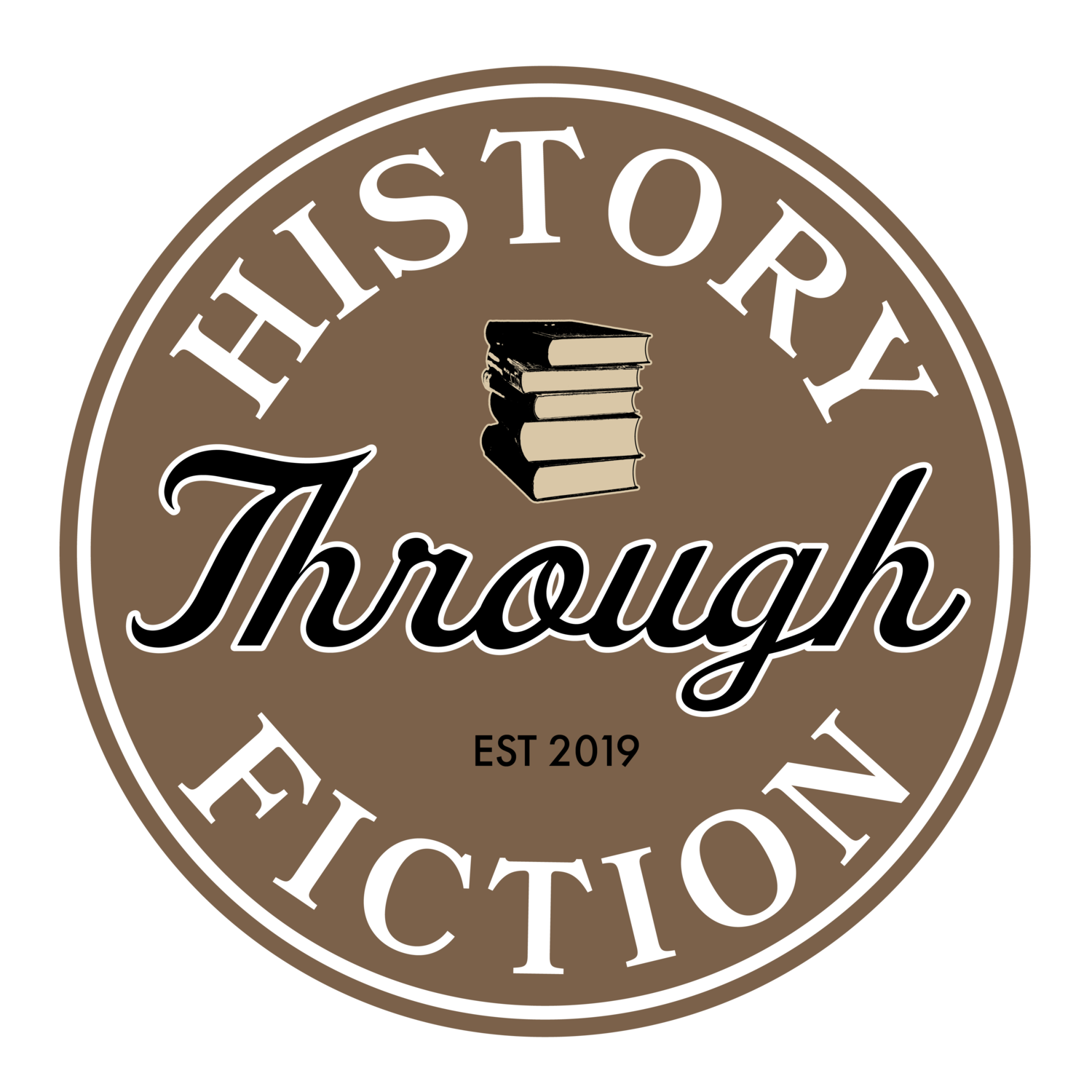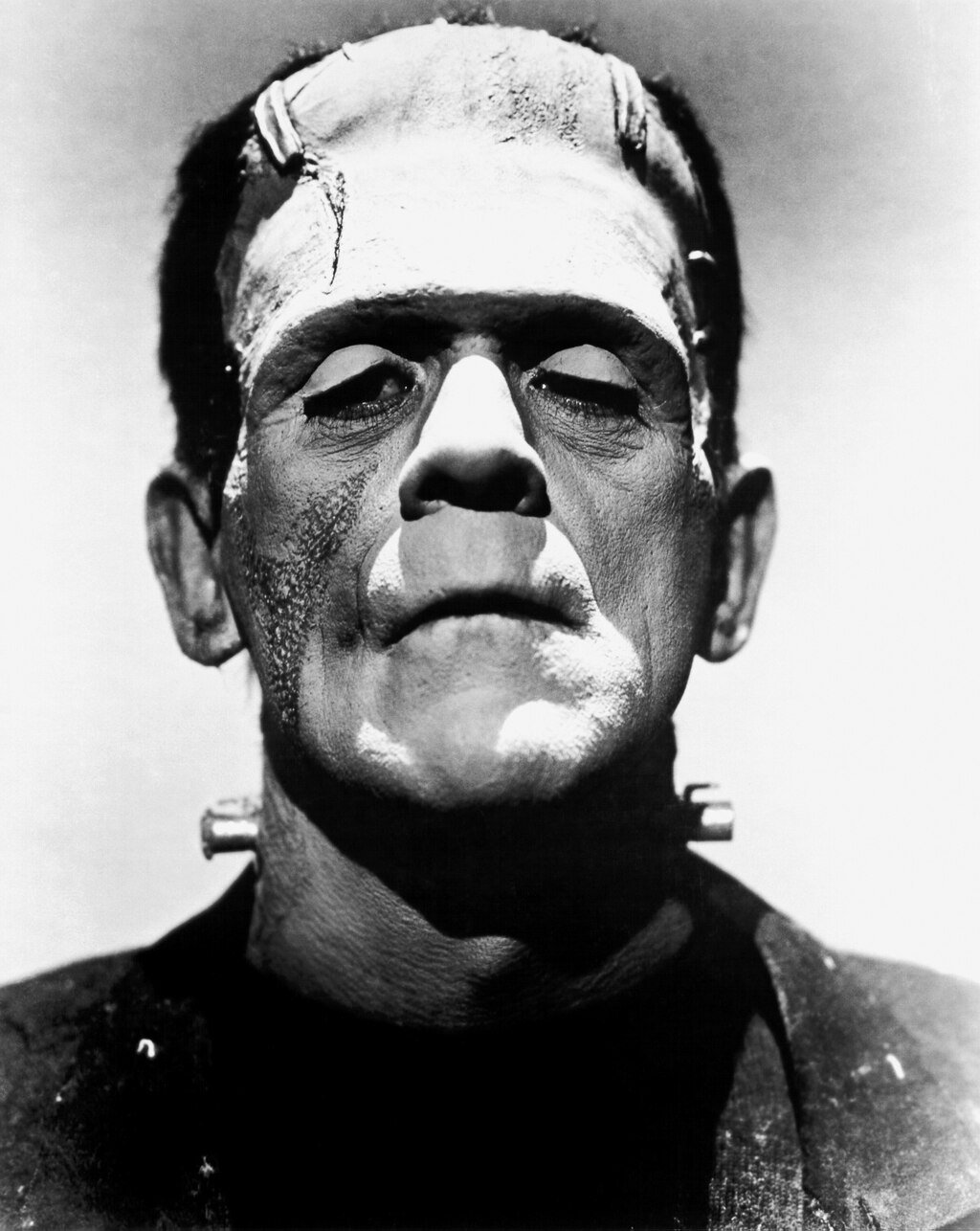From Ghostly Challenge to Literary Icon - The Evolution of Frankenstein
On a cold, gloomy evening in June of 1816, Mary Wollstonecraft Godwin, Percy Byssche Shelley, John Polidori, Mary Jane Clairmont, and Lord Byron gathered at the Villa Diodati by Lake Geneva, in Switzerland's Alps. At the time, Byron was already recognized as one of the world’s most brilliant poets while Mary Wollstonecraft Godwin was just eighteen and had yet to make a name for herself. Stuck inside because of the weather, Byron suggested a competition to see who could write the best horror story. The events that followed are artfully described through the point of view of Percy Shelley in the novel The Aziola’s Cry by Ezra Harker Shaw:
“I think we should write ghost stories,” Mary says softly, darkly, and Byron nods his agreement.
“Yes. Let us each do one. Polidori’s shall be awful I am sure, and Shiloh’s shall be divine.”
Shelley sits up a little straighter, to compose himself. There is yet an argument to be won with Byron.
But Byron now is asking Mary if she will join in the story writing.
“I do not know,” Mary replies. “I haven’t yet thought of one.”
“You don’t have to,” Byron says, almost dismissively, “not everyone has to be a writer.”
The mere suggestion that Mary Wollstonecraft Godwin might not be capable of the challenge stirs Shelley back to animation, and, seeing hesitation upon her face, he springs to his feet.
“Mary is an excellent writer,” he informs Byron, “as you may expect. I do not doubt that you will be greatly impressed.”
Byron turns to look at him, amusement sparkling his face, and then back at Mary, something unspoken passing between them.
“Very good. Then I look forward to reading your ghost story, Miss Godwin.”
Shelley, finding himself standing in the centre of the room, goes to sit by Mary, and takes her hand in his own. Only then does he realise he is lightly trembling. But her hand is cool and confident, and squeezes his fingers with reassurance.
Two years later, on January 1, 1818, Mary anonymously published her horror story as Frankenstein; or, The Modern Prometheus. The novel, which was published anonymously, “tells the story of Victor Frankenstein, a young scientist who creates a sapient creature in an unorthodox scientific experiment” (Wikipedia). Just five hundred copies of the first edition were printed. Two years later, a French translation appeared. Two years after that, in 1823, a second edition, featuring Mary Shelley’s name, was published following the success of the stage play Presumption; or, the Fate of Frankenstein by Richard Brinsley Peake.
Shelley’s Frankenstein would only grow in popularity. By 1831, the first “popular” edition appeared, featuring multiple revisions to make the story less radical. By 1910, the first film adaptation appeared. Called “a liberal adaptation” of Shelley’s original story, the film by Edison Studios has a running time of just twelve minutes. By 1931, the first sound adaptation of the story appeared. Produced by Universal Pictures, directed by James Whale, and starring Boris Karloff as the Frankenstein’s creature, the 1931 film spawned multiple sequels and forever solidified what we know as Frankenstein’s monster today.
Boris Karloff as Frankenstein's monster in Bride of Frankenstein (1935)
In Shelley’s original story, she described Dr. Frankenstein’s monster, who many mistakenly call Frankenstein, as having “translucent yellowish skin pulled so taut over the body that it barely disguised the workings of the arteries and muscles underneath; watery, glowing eyes, flowing black hair, black lips, and prominent white teeth.” But the monster in the 1931 film adaptation is a large lumbering figure with a flat head and metal bolts on each side of its neck. Today, we recognize Frankenstein’s monster as something similar to what was seen in the 1931 film, only now the monster has green skin that is held together with stitches.
Tracking the story of Frankenstein into the 21st century and beyond is almost impossible. Shelley’s novel has spawned countless film, television, and stage adaptations as well as numerous games, comics, cartoons, toys, breakfast cereals, and of course…Halloween costumes. Some adaptations hold strongly to the original story while others use the idea of Frankenstein’s monster to spark their own imaginations. Then there are stories that are only based on the theme of Frankenstein—a manufactured life that grows beyond the power and scope of its creator, a theme that feels all too real with the emergence of AI technologies. But no matter what you may think of the story of Frankenstein, or how the story may continue to evolve, one thing is clear, young Mary Wollstonecraft Godwin won that horror story contest in June of 1816.
“Showcasing the author's genuine flair as a novelist for the kind of eloquent narrative driven storytelling that creates truly memorable and deftly crafted literary experiences for the reader, The Aziola's Cry: A Novel of the Shelleys will linger in the mind and memory of the reader long after the book itself has been finished and set back upon the shelf."
– Midwest Book Review, Small Press Bookwatch, February 2024




